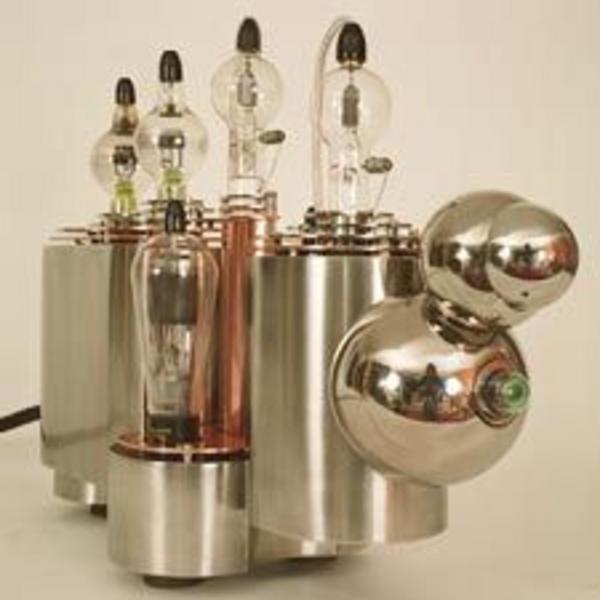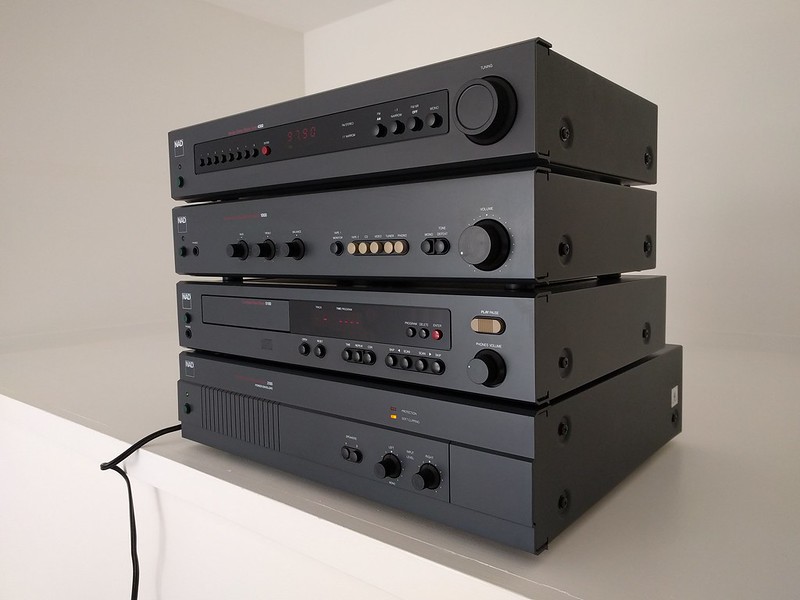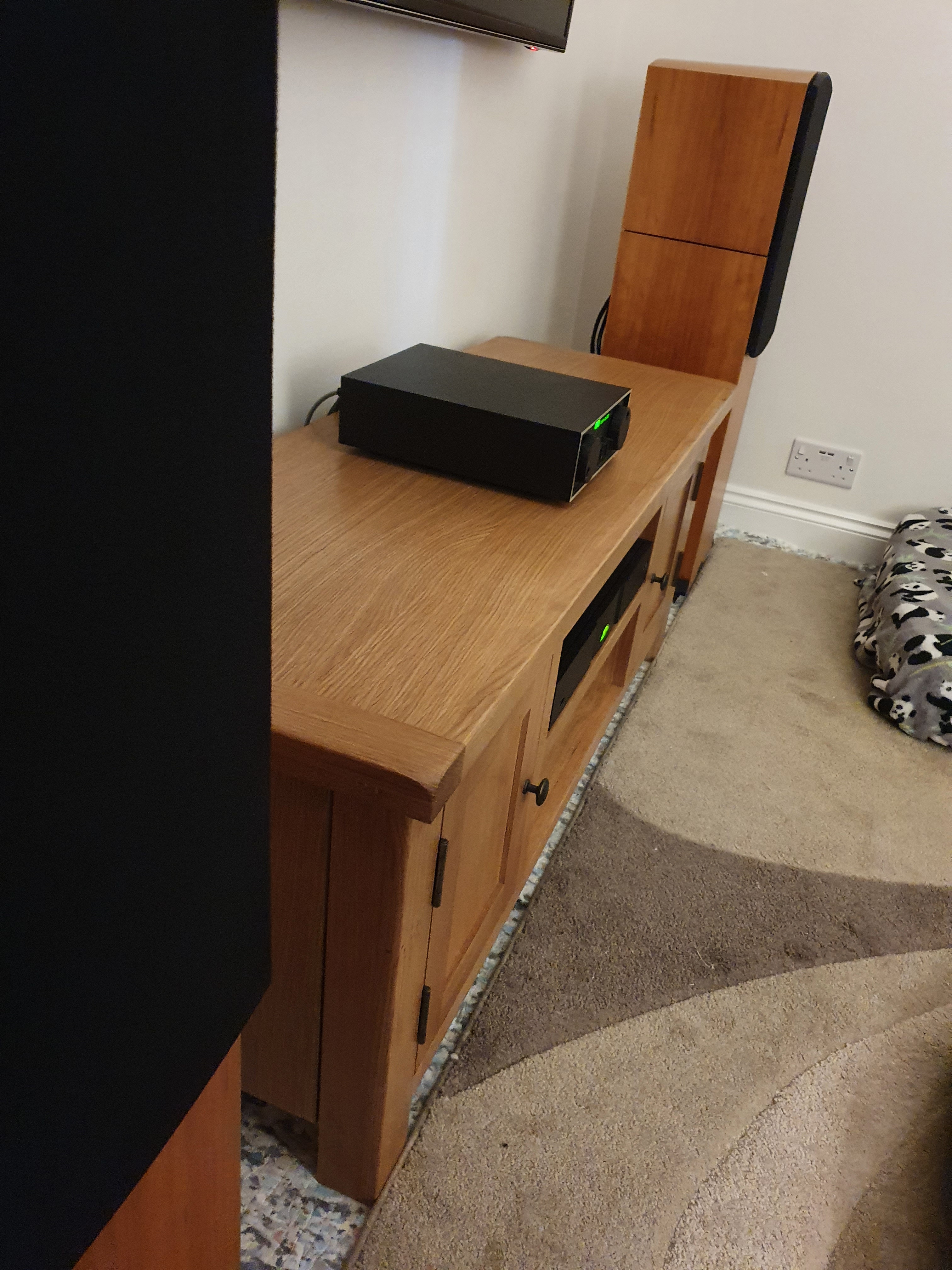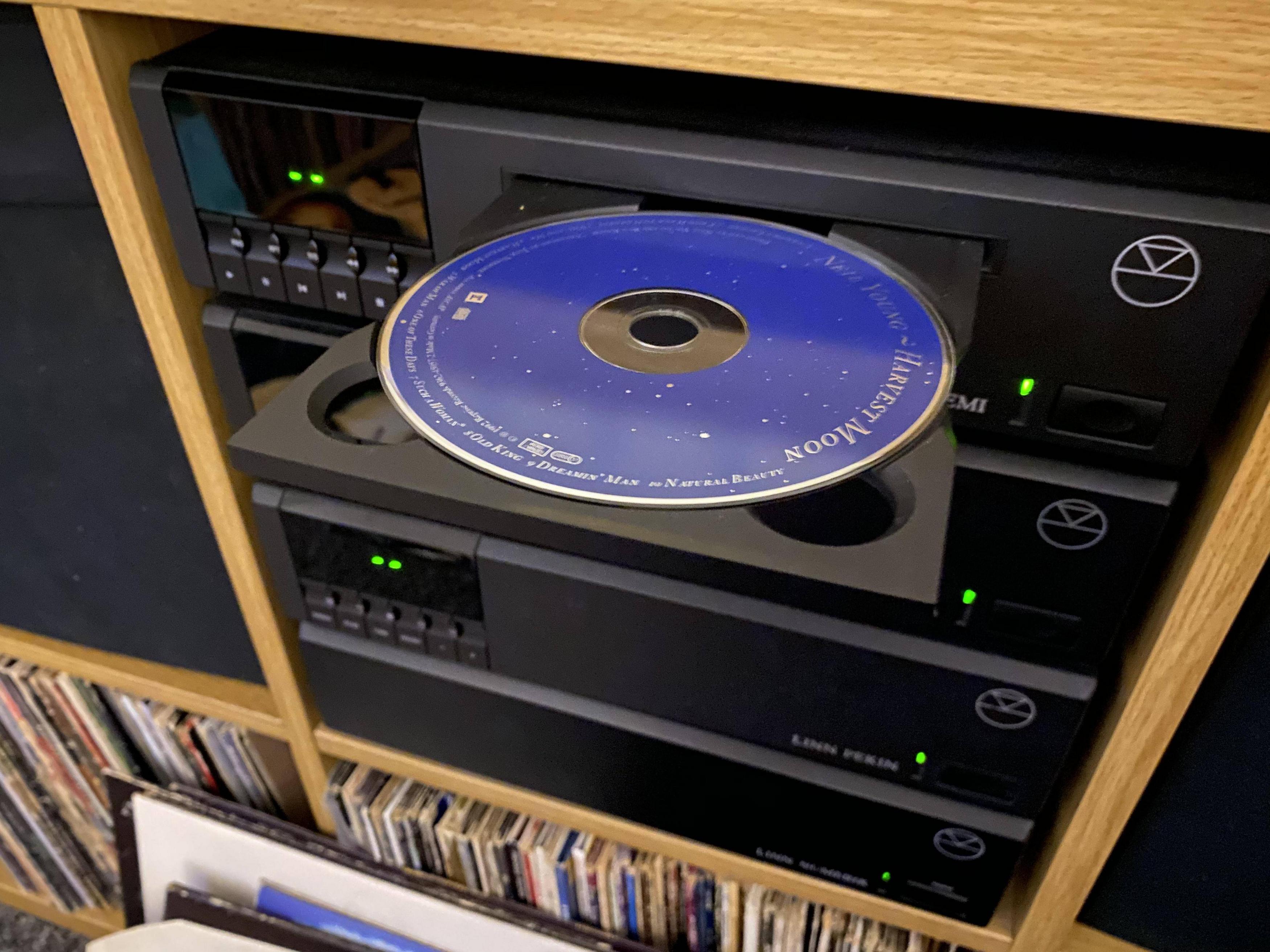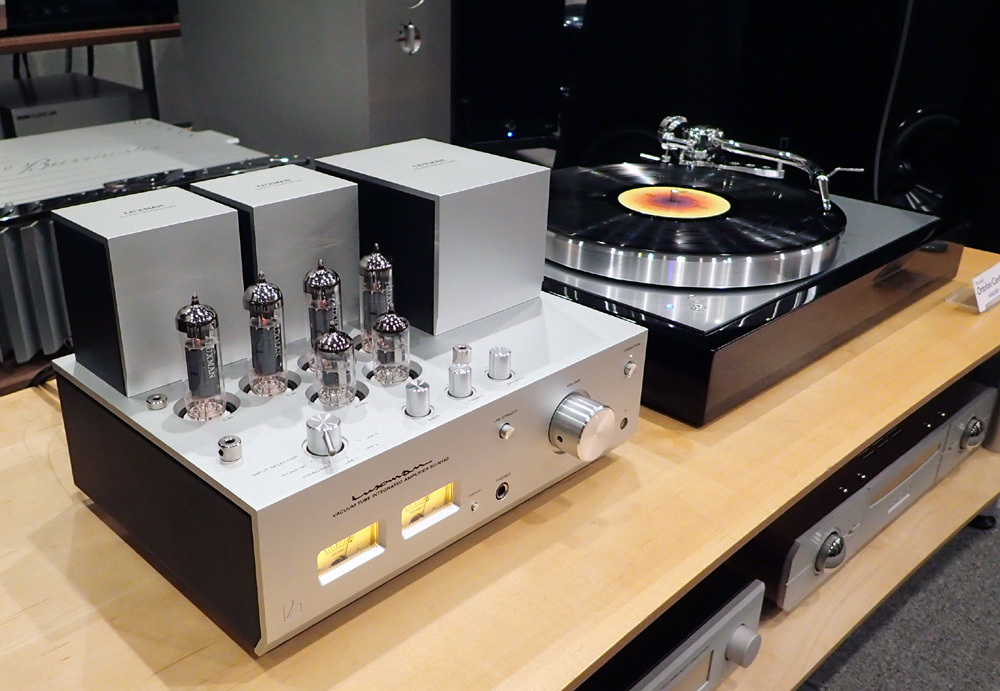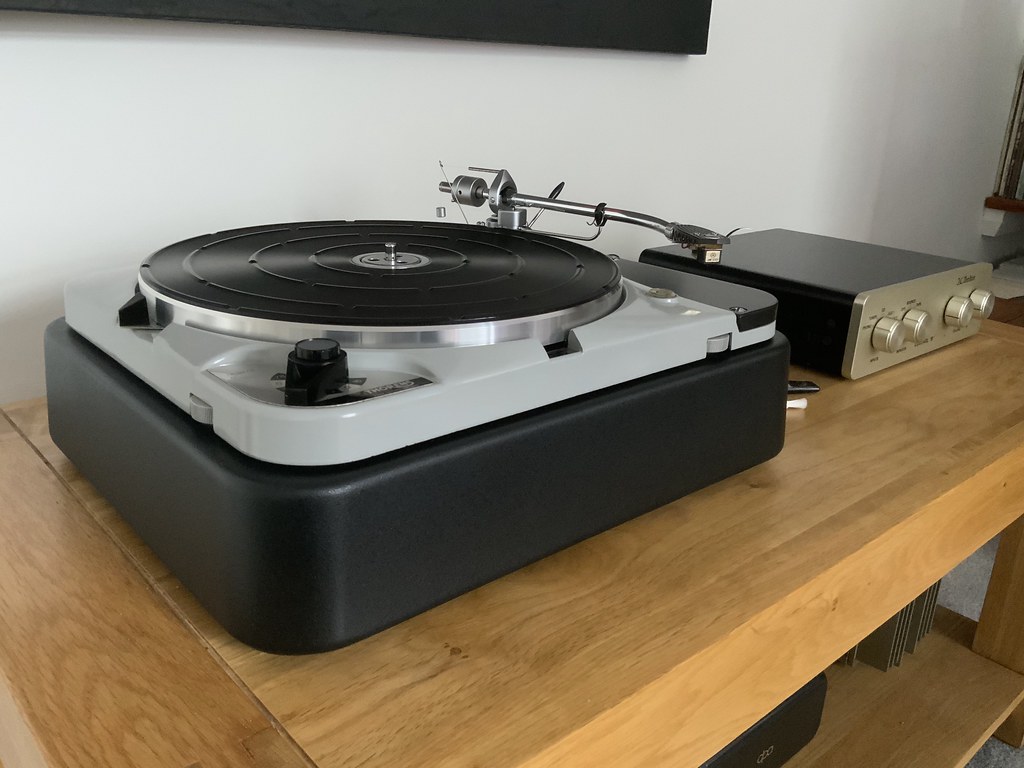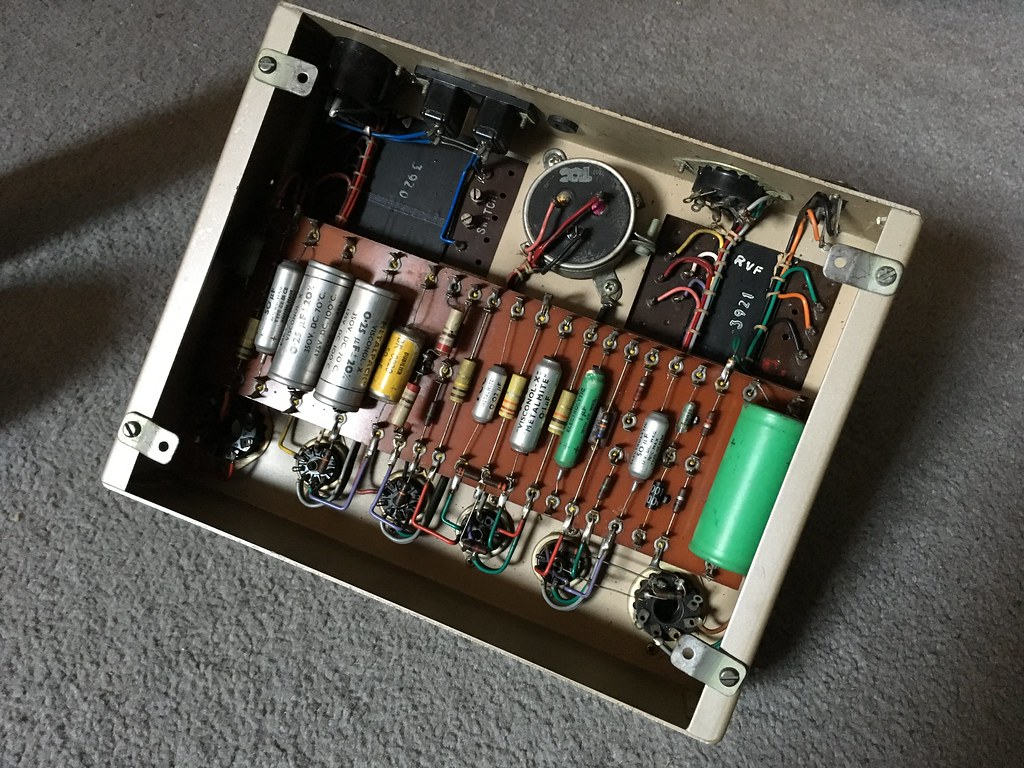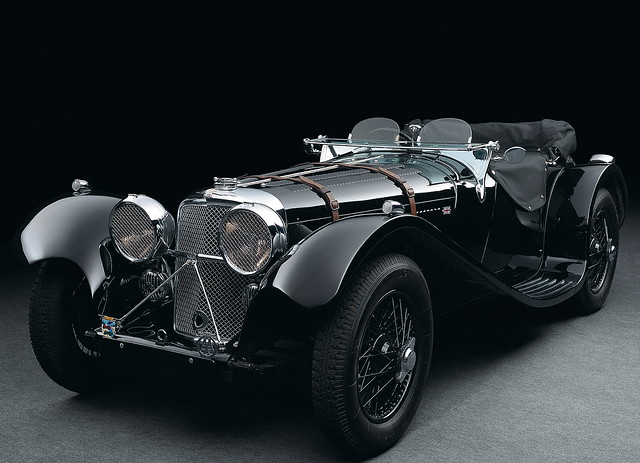Darmok
pfm Member
7 pages in, and more of the same-old same-old, and precious little innovation.
Radford STA23/3
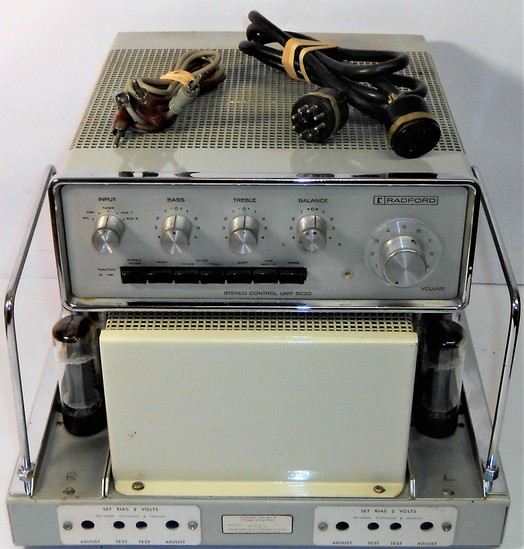
Frequency Response 20 Hz-60 KHz
Tis why the Radford STA25/3 wiped the floor with all the other competitors in the review below...
Future Without Feedback? Martin Colloms, January, 1998 ………………………………………………………
As a reviewer for some years, I have tracked the swings of opinion and popularity of various audio ideas and technologies. Amid a sea of advanced designs that achieve powerful technical performance and laudable specifications, I'm reminded of a major blind listening test of 18 power amplifiers that I set up for the long since-defunct UK magazine Hi-Fi for Pleasure back in 1975. We had "advanced technology" then: the transistor amplifier had matured and was well accepted by audiophiles. Prices of the review samples ranged from $300 to $3000 (equivalent to $1000-$10,000 in today's dollars). The auditioning sessions were graced by the presence of many industry leaders, among them the late Spencer Hughes of Spendor, Julian Vereker of Naim, Philip Swift then of Audiolab, Alan Harris then of retailer Audio T., Bob Stuart of Meridian, and John Wright of IMF (now TDL in the UK). On the suggestion of Alan Harris, a serious tube amplifier fan, I introduced a ringer to those tests: an ancient (over 10 years old) 25Wpc tube amplifier, the Radford STA-25 III, worth perhaps $100 at the time on the used market. I used a selection of master tapes as the source. When the results of the blind test were analyzed, the tubed Radford had come in first, despite showing the poorest measured performance. (Needless to say, its second-hand value soared after the review appeared.)
https://www.hificritic.com/uploads/2/8/8/0/28808909/classic-sc3-future_without_feedback.pdf
A little more persuasion...
http://www.audiomisc.co.uk/HFN/Radford/revisited.html
Last edited:


